There is often an intensity to workplace environments, with employees carrying deadline-filled workloads that induce stress and anxiety - contributing to poor mental wellbeing. Workplaces need to lighten up! For this to happen, team leaders should consider how they can effectively influence positive emotions in their workplace. So, how can this be achieved?
TL;DR:
The Research of Hiroshima University
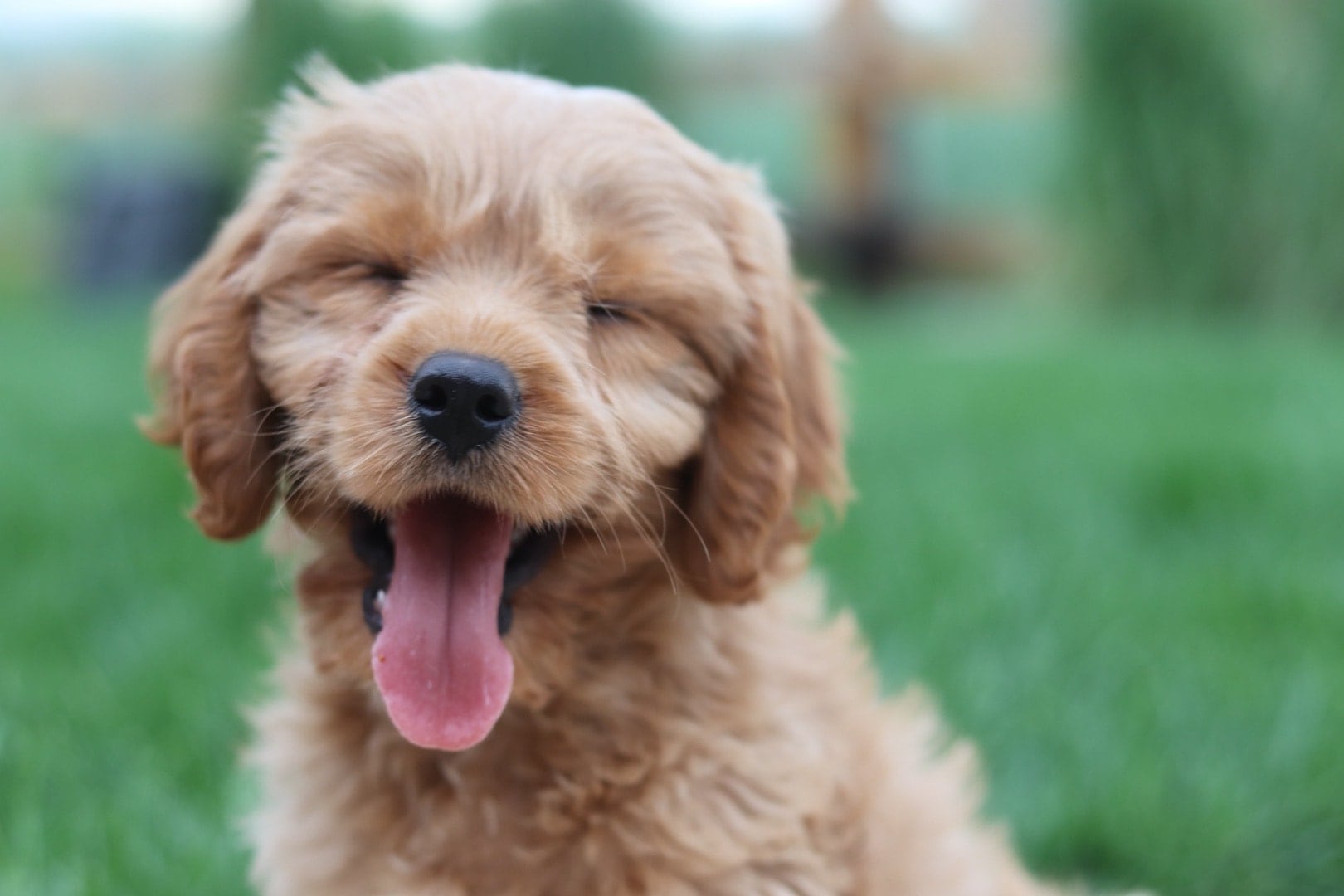
Complex problems can sometimes be solved in the most unexpected of ways. When it comes to boosting positivity in the workplace, psychological scientists at Hiroshima University in Japan might just have the unconventional, yet simplistic, answer we’re looking for.
Led by researcher Hiroshi Nittono, the team of scientists at Hiroshima University conducted experiments with 132 university students to examine the effects of viewing “cute” images of baby animals. The researchers were particularly interested in assessing whether these images enhanced a student’s performance on activities that require concentration and focus.
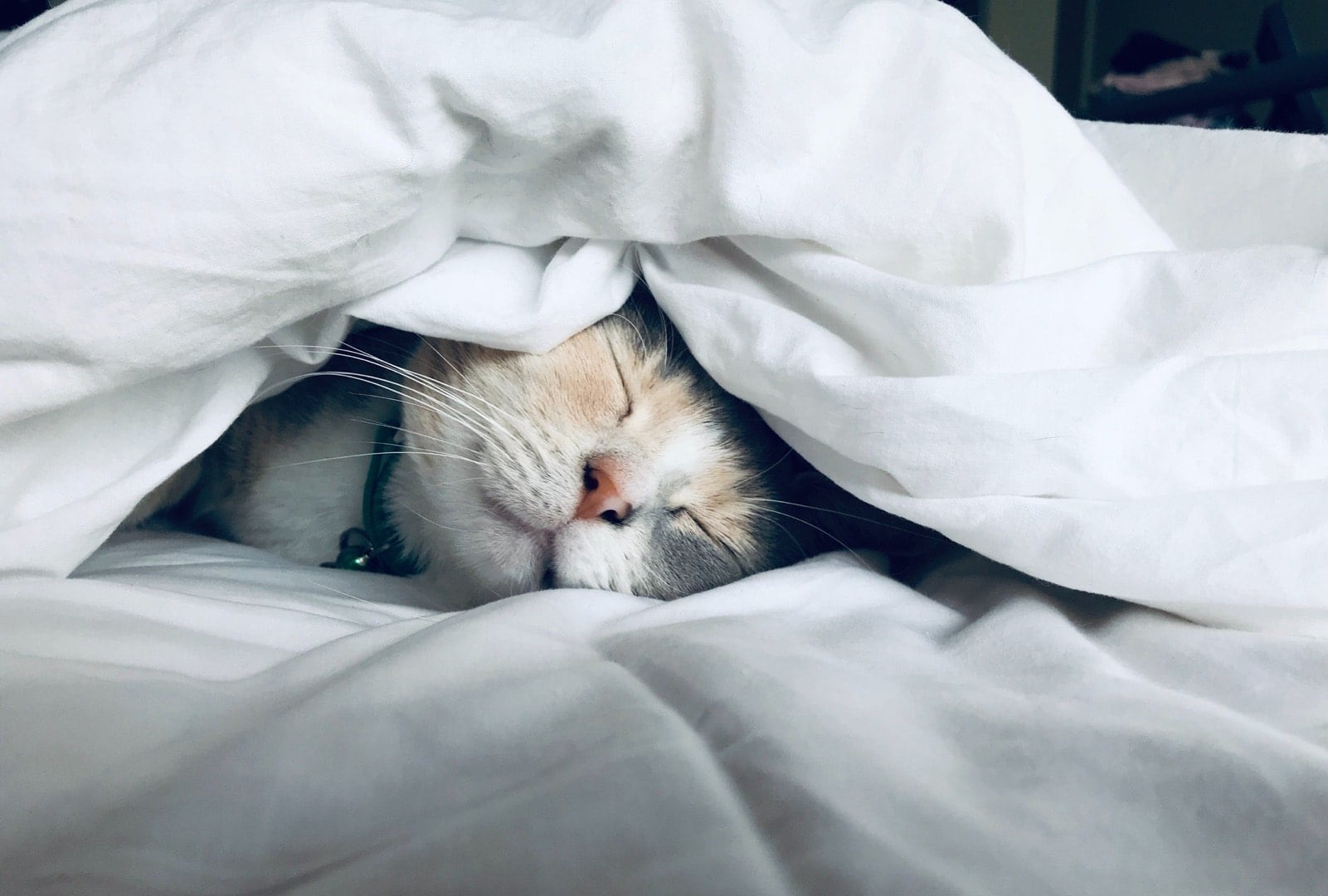
The findings of this study indicated exactly that. The scientists at the university found that viewing “cute” things, such as images of baby animals, is likely to improve subsequent performance in activities or tasks that demand a behavioral carefulness like focus.
Cute Images Induce Careful Behavioral Tendencies
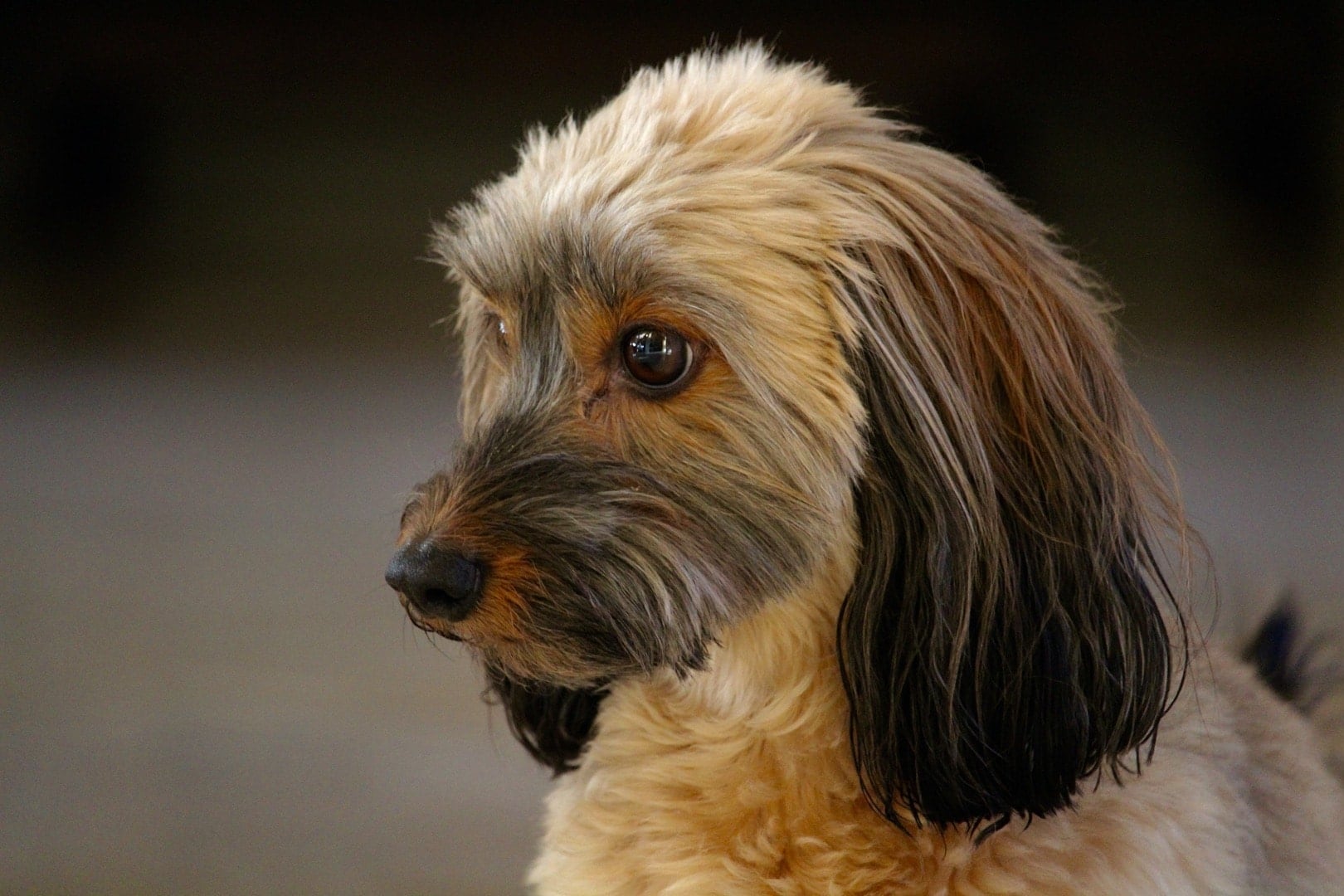
In the first experiment conducted by scientists at Hiroshima University, a group of 48 college students was asked to play a game similar to Operation. Much like a real surgeon, this game requires an intense level of focus in order to compete with precision. The Hasbro-developed battery-operated game demands exceptional hand-eye coordination and motor skills.
The college students were initially asked to play one round of the game. At the end of this round, half of the students looked at a collection of seven images, containing adorable puppies and kittens. In the meantime, the other half of the students viewed images of fully-grown, adult cats and dogs.
Upon measuring the performance of both the groups in the second round, the scientists found that the students who looked at the cute and adorable baby animal images significantly improved their subsequent performance. When looking at their subsequent characteristics, these students approached the game at a slower, more calculated pace after viewing the images.
In contrast, there was no noticeable performance change in the students who looked at the images of fully-grown cats and dogs. From this, it became evident that viewing images, perceived as cute or adorable, can positively alter the behavior of individuals - engaging with activities with an increased level of calculation, care and precision.
Cute Images Intigate Faster Levels of Productivity
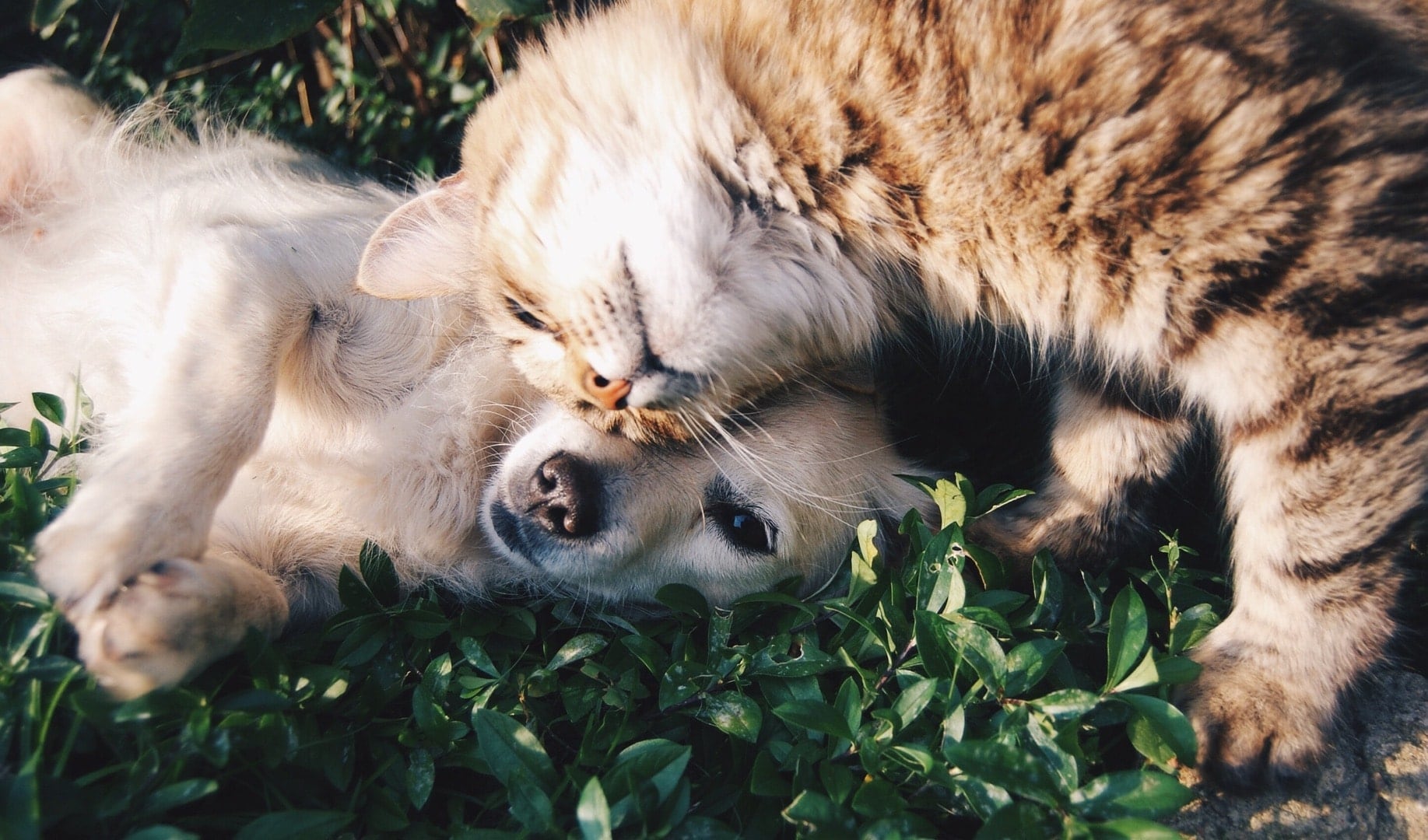
In the second experiment, students were asked to identify a series of stimuli displayed on a screen whilst being timed. During intervals, the students would sporadically be shown imagery of either small baby animals, fully-grown adult animals or “neutral” objects. After seeing displayed images of cute baby animals, students appeared to be faster at the process of identifying the sequential series of stimuli.
The research found that cute imagery has the ability to shift people’s attention to a better focus on details. The scientists offered a possible explanation as to why cuteness can trigger positive emotions. Babies require caregivers to pay careful attention to their mental and physical wellbeing, whilst being on the lookout for any possible threats. When we look at animals with an innate ‘cuteness’, we naturally and subconsciously adopt the role of wanting to care and nurture them. As a result, we have the tendency to carry some of this caring and focused behavior into subsequent activities.
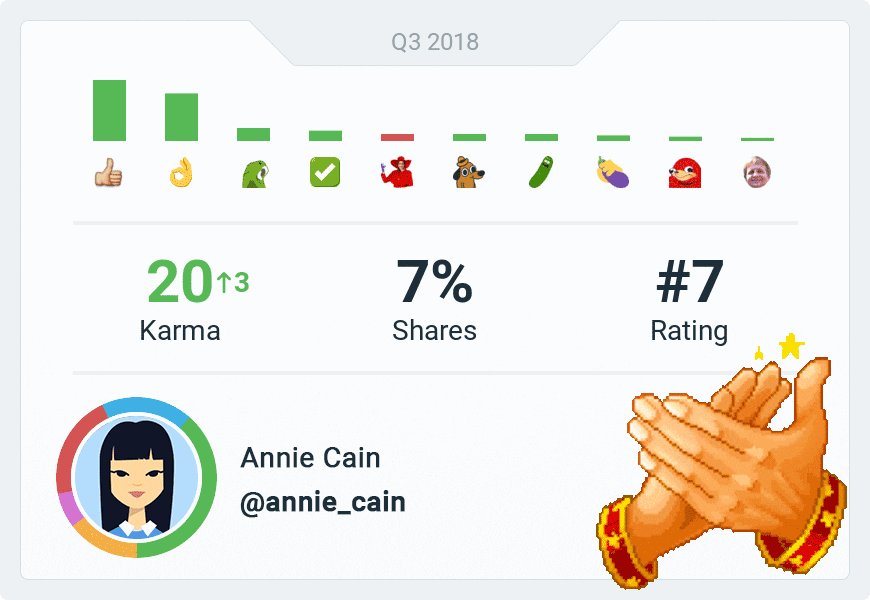
But, how does this translate to the workplace? Asking teams of employees to periodically stop and scroll through some images of cute animals doesn’t really sound very practical. Adding more to their day is likely to cause an increase in negative emotions. So, is there a way of embedding this into existing systems and practices?
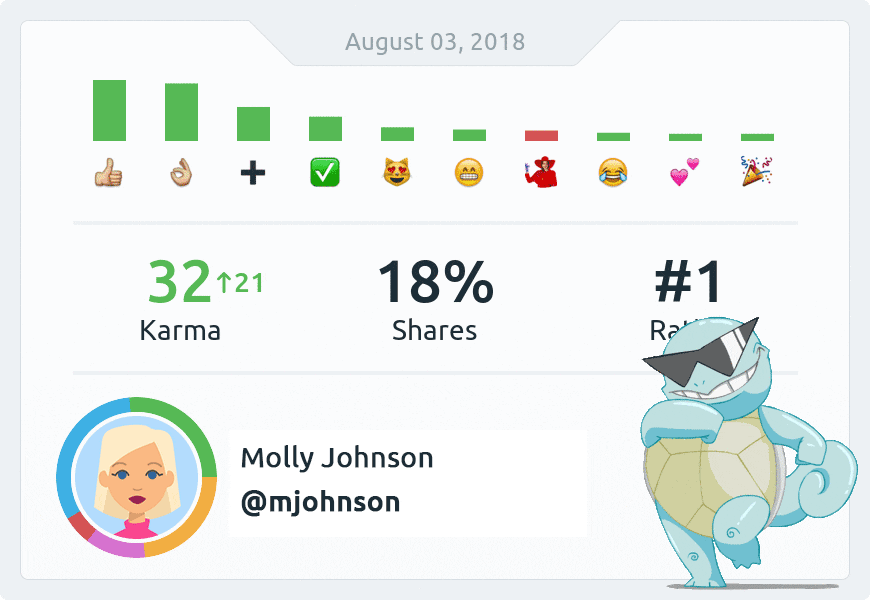
Say “hello” to Karma bot! Our initiative workplace tool can bring cute images into the very core of your business operation, with seamless integration into Slack and Teams.

Karma Bot is designed to foster a high-performance team culture, building stronger, happier teams. It enables leaders to set goals for their team, track performance and reward excellence on Slack. Our tool features fun and positive GIFs to unlock faster levels of productivity amongst your workforce.

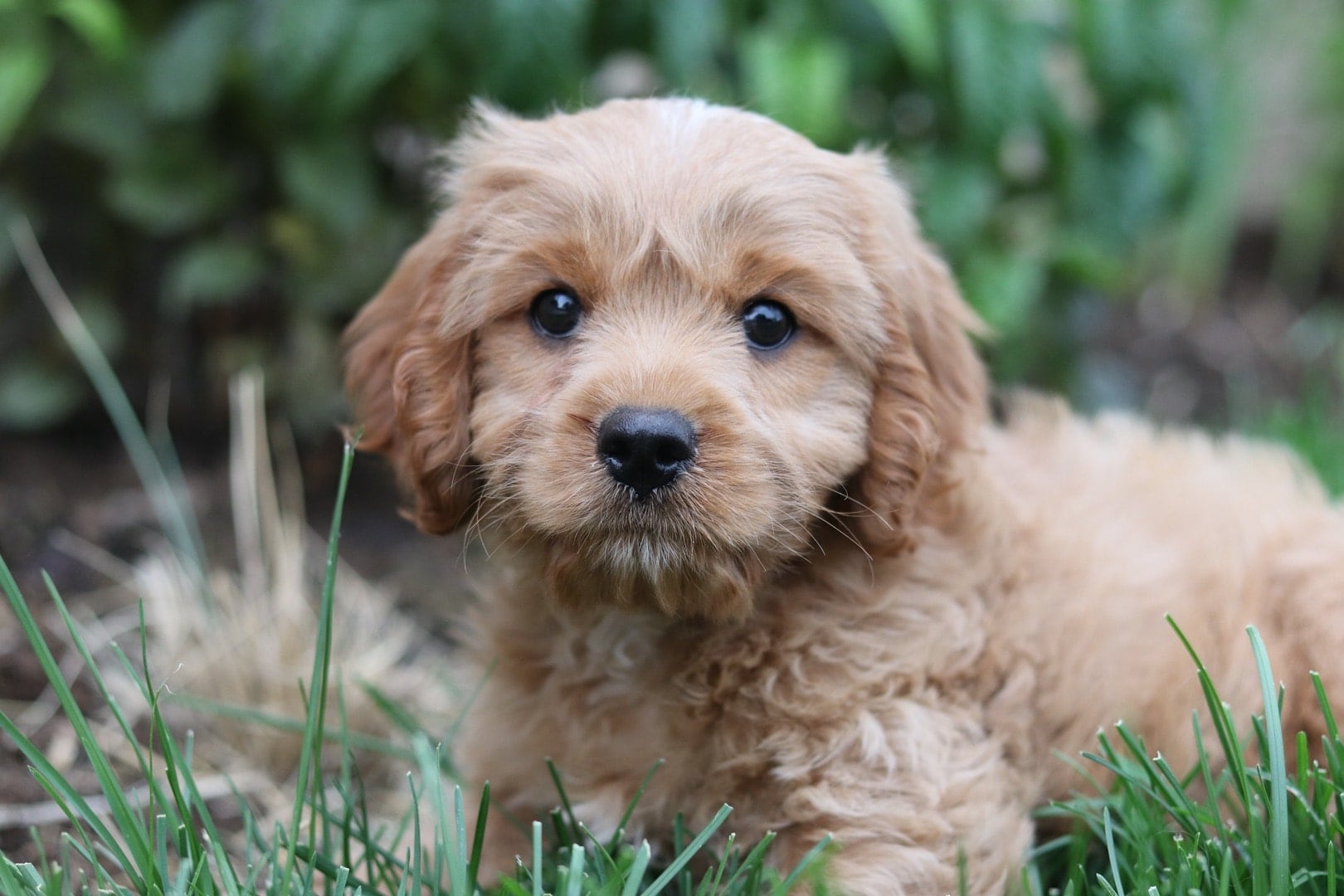
 Using Micro-Feedback to Engage Employees in the Workplace
Using Micro-Feedback to Engage Employees in the Workplace